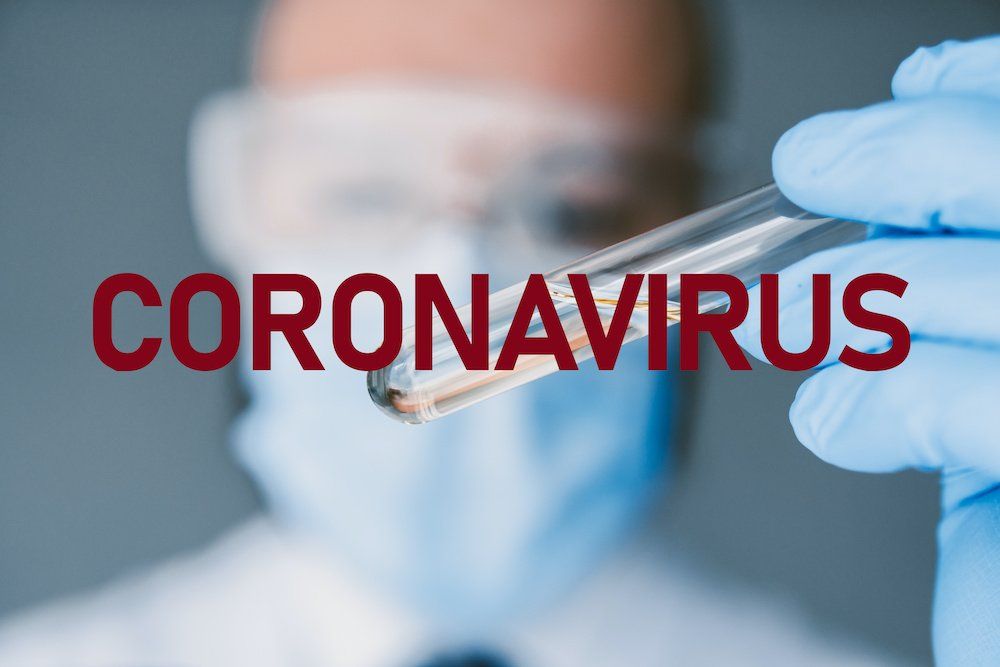COVID-19 May Remain Detectable on Surfaces, in Aerosols for Several Hours
A study evaluated the stability of COVID-19 compared with SARS-CoV-1.

The novel severe acute respiratory syndrome coronavirus 2 (SARS-CoV-2), also known as COVID-19, may be stable in aerosols and on surfaces for several hours and even up to days in some cases, according to a new study published in the New England Journal of Medicine.
The study compared the stability of SARS-CoV-2 with that of SARS-CoV-1.
By mimicking the virus being deposited from an infected individual onto everyday surfaces in a household or hospital setting, the researchers examined how the long the virus remained infectious on such surfaces. Five environmental conditions were evaluated: aerosols, stainless steel, plastic, copper, and cardboard.
Throughout the duration of the study, SARS-CoV-2 remained viable in aerosols for up to 3 hours, up to 4 hours on copper, up to 24 hours on cardboard, and up to 2 to 3 days on plastic and stainless steel. According to the researchers, SARS-CoV-2 behaved similarly to SARS-CoV-1 in the study, which also fails to explain why COVID-19 became a much larger outbreak than SAR-CoV-1.
“This indicates that differences in the epidemiologic characteristics of these viruses probably arises from other factors, including high viral loads in the upper respiratory tract and the potential for persons infected with SARS-CoV-2 to shed and transmit the virus while asymptomatic,” the researchers wrote in the study.
The researchers also noted that, in contrast to SARS-CoV-1, most secondary cases of virus transmission of SARS-CoV-2 appear to be occurring in community settings rather than health care settings. Still, they cautioned that health care settings are also vulnerable to the introduction and spread of the virus.
Overall, the findings indicate that individuals infected with SARS-CoV-2 may be spreading the virus without recognizing, or prior to recognizing symptoms, according to the study. As a result, disease control measures that were effective against SARS-CoV-1 may be less effective against SARS-CoV-2.
References:
1. Doremalen NV, Morris DH, Holbrook MG, et al. Aerosols and Surface Stability of SARS-CoV-2 as Compared with SARS-CoV-1. New England Journal of Medicine. 2020. Doi: 10.1056/NEJMc2004973
2. New Coronavirus Stable for Hours on Surfaces [news release]. National Institute of Allergy and Infectious Diseases’ website. https://www.niaid.nih.gov/news-events/new-coronavirus-stable-hours-surfaces. Accessed March 18, 2020.













